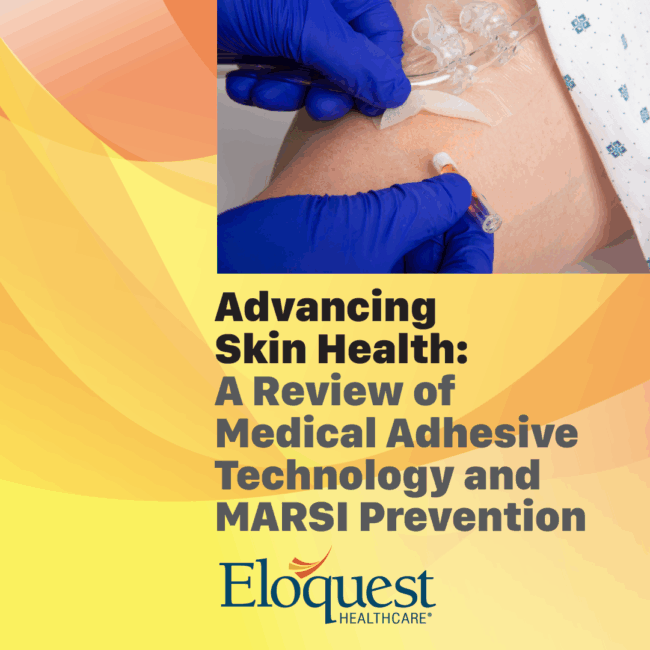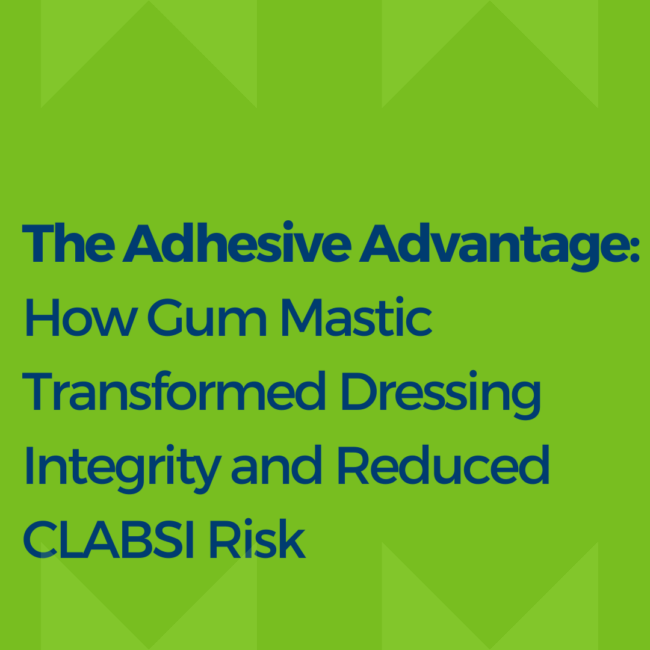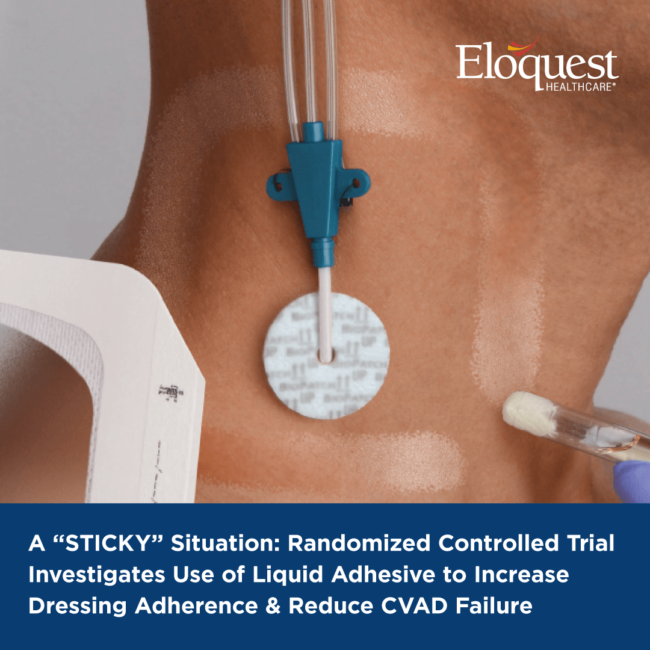Advancing Skin Health: A Review of Medical Adhesive Technology and MARSI Prevention
Advancing Skin Health: A Review of Medical Adhesive Technology and MARSI Prevention Medical adhesives are foundational tools in healthcare, used to secure everything from wound dressings to catheters and other essential devices. While these adhesives are indispensable for proper care, their use can sometimes lead to complications, particularly medical adhesive-related skin injuries (MARSI). MARSI can…











